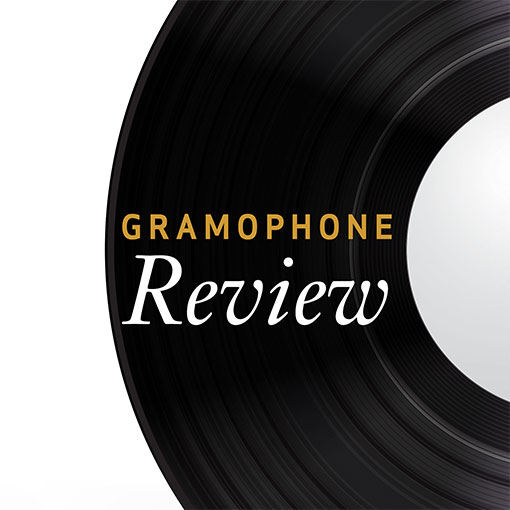The Manchester Gamba Book
Sampling the biggest book of 17th-century solo viol music
View record and artist detailsRecord and Artist Details
Composer or Director: Anonymous
Genre:
Instrumental
Label: Naxos
Magazine Review Date: 10/2012
Media Format: CD or Download
Media Runtime: 159
Mastering:
Stereo
DDD
Catalogue Number: 857286364

Tracks:
| Composition | Artist Credit |
|---|---|
| (The) Manchester Gamba Book |
Anonymous, Composer
Anonymous, Composer Dietmar Berger, Musician, Viola da gamba |
Author: Julie Anne Sadie
As a group, these pieces are richly embellished with ornaments, divisions and chords (made possible by the bespoke tuning); some are preludes, others are stylised dances and as many as half are based on popular tunes of the day. Paul Furnas, the leading authority on the manuscript, has provided the booklet-notes and draws attention, in particular, to Gervise Gerrarde’s Paven (disc 2, tr 15), which he considers to be ‘the gem’ of the collection. For those eager to try their hand, the tablature is available online from vdgsa.org.
This recording is a considerable achievement by any standard. Berger plays cleanly, his warm tone resonantly captured here. His command of divisions and the ornamentation is impressive even if his intonation occasionally falters. Although a cellist, he seemed most at home on the treble viol (disc 1, trs 6-8; disc 2, trs 6, 16 and 17). In ‘Whoope doe me no harm’ he traverses the gamut of his instrument, balancing the tune and its accompaniment, while in ‘The Nightengale’ his playful bariolage evokes the sound of fluttering wings, and in the short Preludium (disc 2, tr 16) he charmingly articulates the echoes suggested by the repeated motifs.
But here’s the rub: these are exceptional moments. What becomes evident is that, in order to bring these pieces truly to life, a greater hierarchical approach is needed so that the tunes stand out, the chords gently enrich the musical textures and the bass notes drive the harmony more effectively. One longs for greater dynamic shading within phrases and textures. All too often ‘the story’ gets lost and the essential characteristics of the dances (the sarabands in particular) are obscured.
Discover the world's largest classical music catalogue with Presto Music.

Gramophone Digital Club
- Digital Edition
- Digital Archive
- Reviews Database
- Full website access
From £8.75 / month
Subscribe
Gramophone Full Club
- Print Edition
- Digital Edition
- Digital Archive
- Reviews Database
- Full website access
From £11.00 / month
Subscribe
If you are a library, university or other organisation that would be interested in an institutional subscription to Gramophone please click here for further information.





